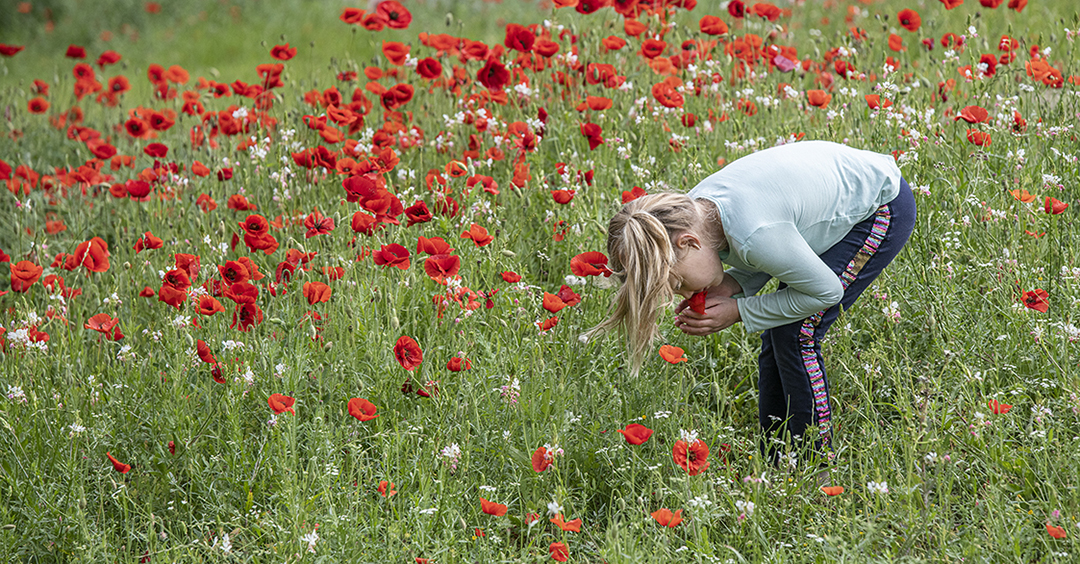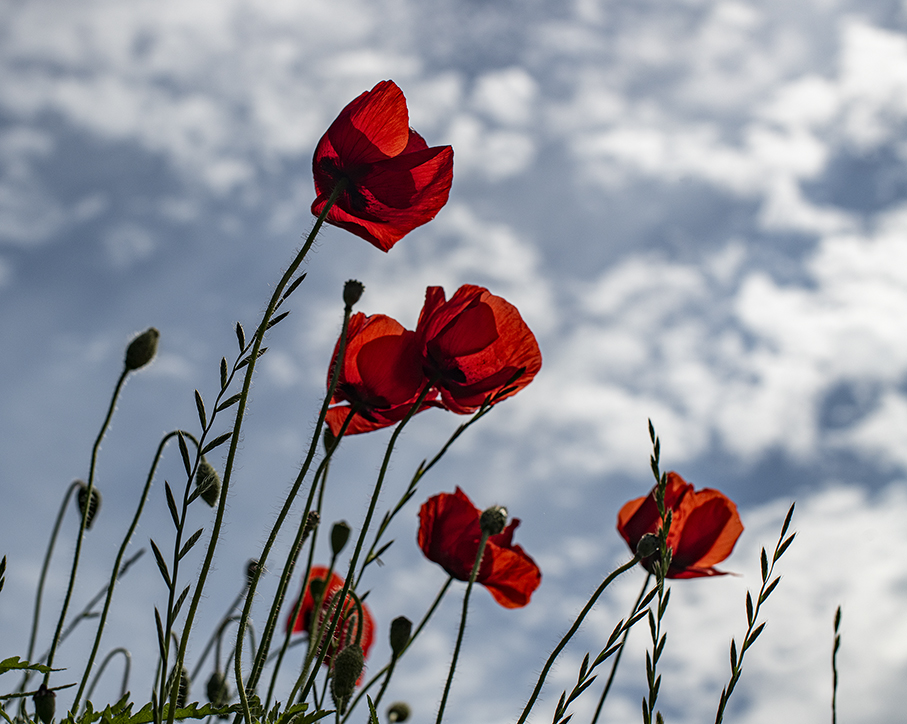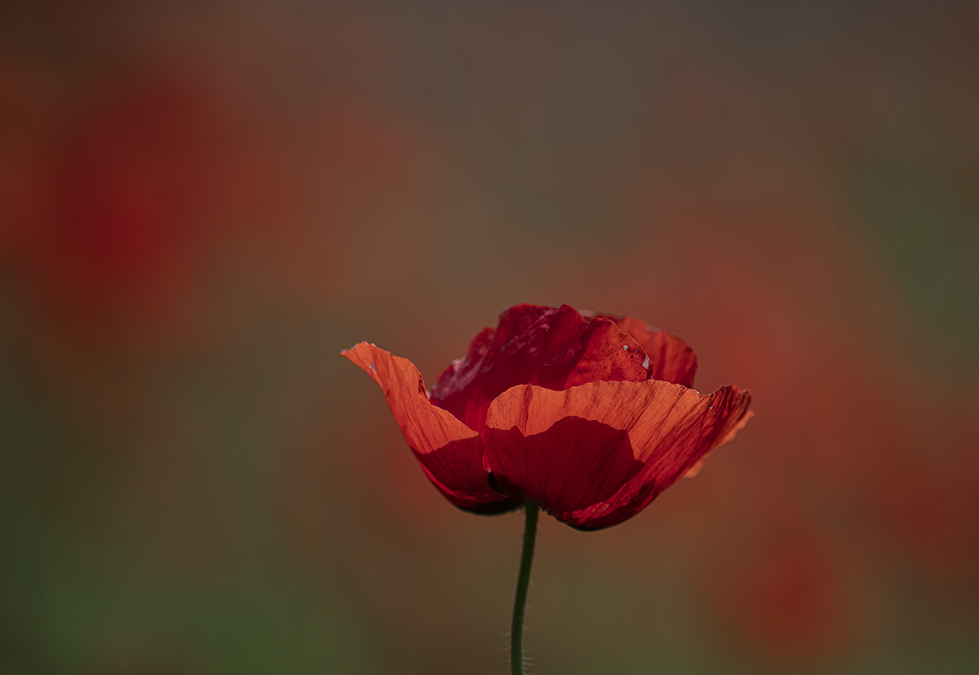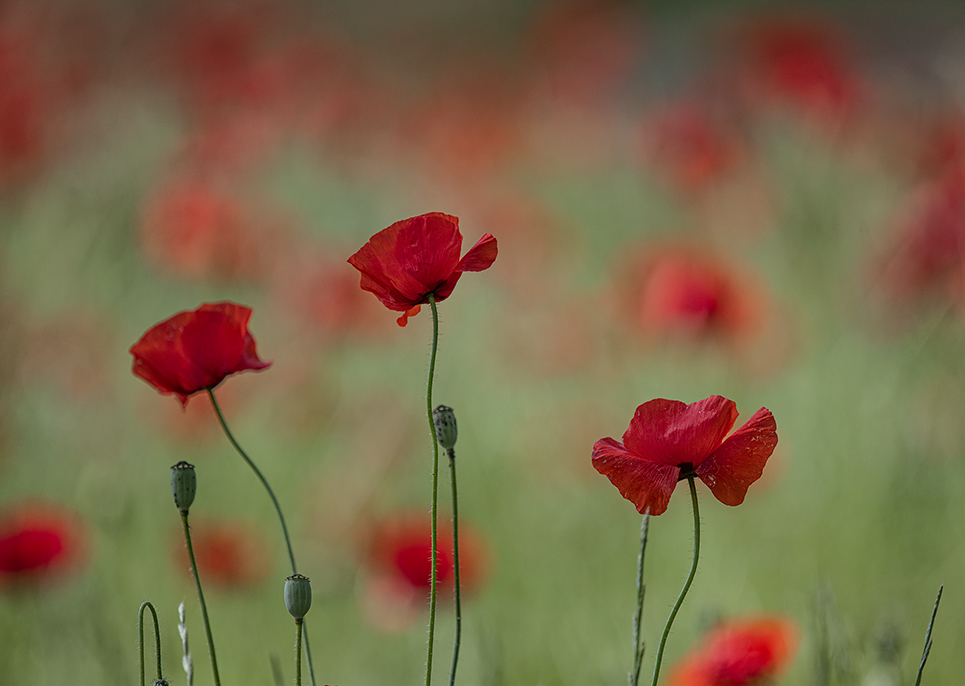Most know of my ongoing efforts to document the land being gobbled up by development and roads on the Blackland Prairie. Since we returned to Texas in 2009, I’ve watched as subdivisions replace farmland, roads being widened to accommodate even more growth. Last week, friend Diane Naivar and her husband Raymond, made a request. Could I take photos around their place before a 10- lane road slices through 58 acres they’ve farmed for 42 years? Their home is just north of Norman’s Crossing, an area between Taylor and Hutto. Their home, at least so far, is safe. Their neighbor’s house, however, will have to go. Raymond’s raising his corn crop right now. Their three horses, including Domino, pictured in the opening photo, will have to move away from the widening road. Work, they tell me, is expected to begin this summer. One image shows a stake with an orange flag, marking how far the new road will cut into their land. For almost 30 years, I watched as development and so-called progress decimated much of metro Atlanta. Now it’s happening here. Wider roads mean more development, more people moving in. I understand that people have to live somewhere, but at what cost to longtime residents? Where does it stop? 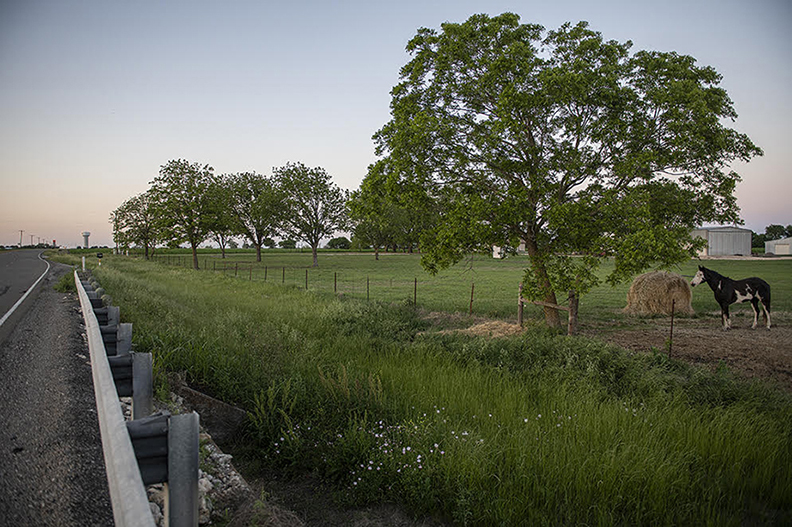
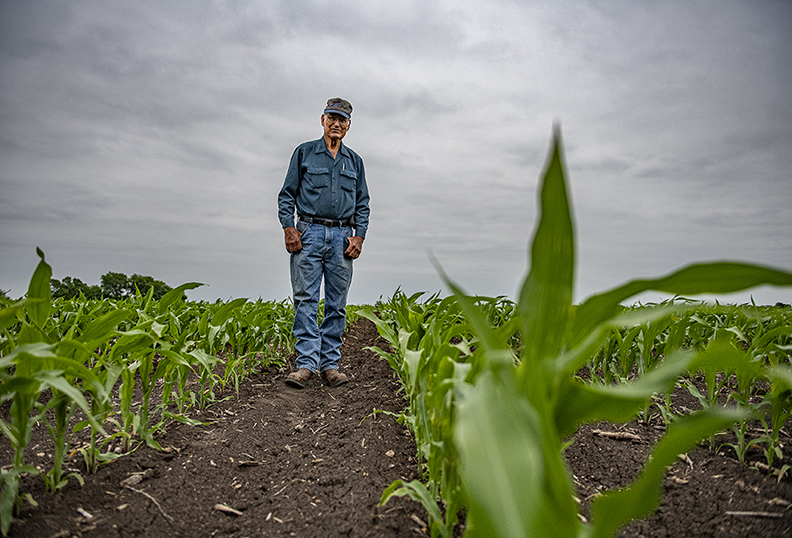
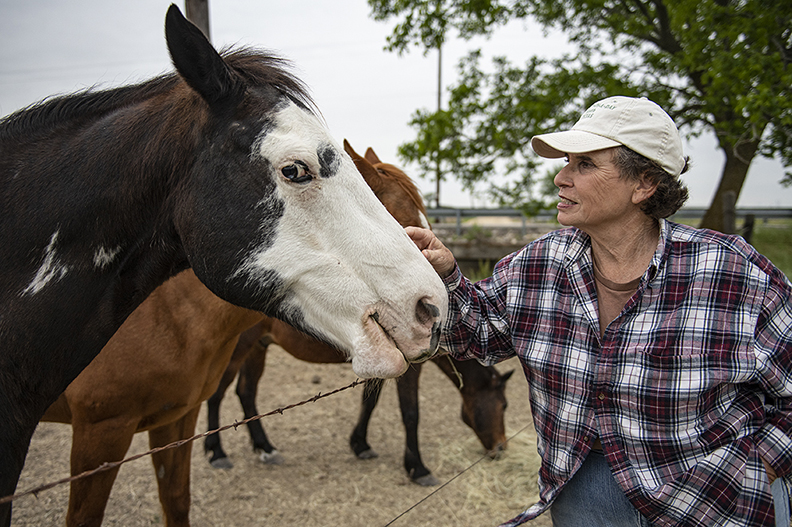
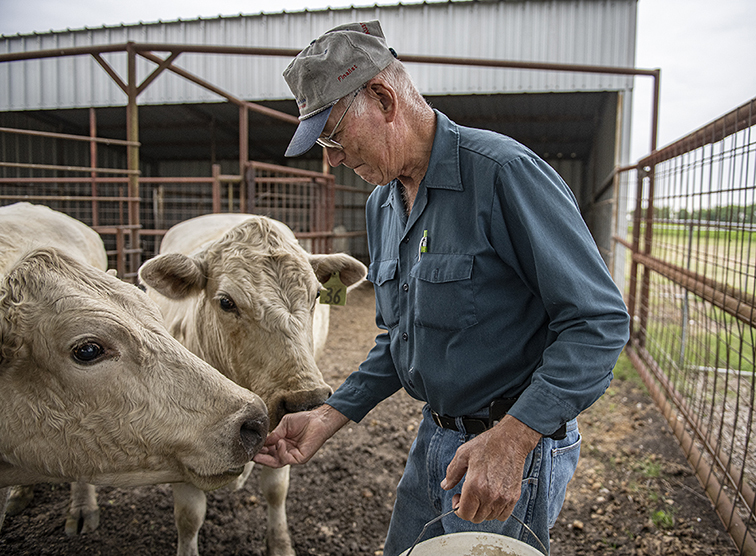
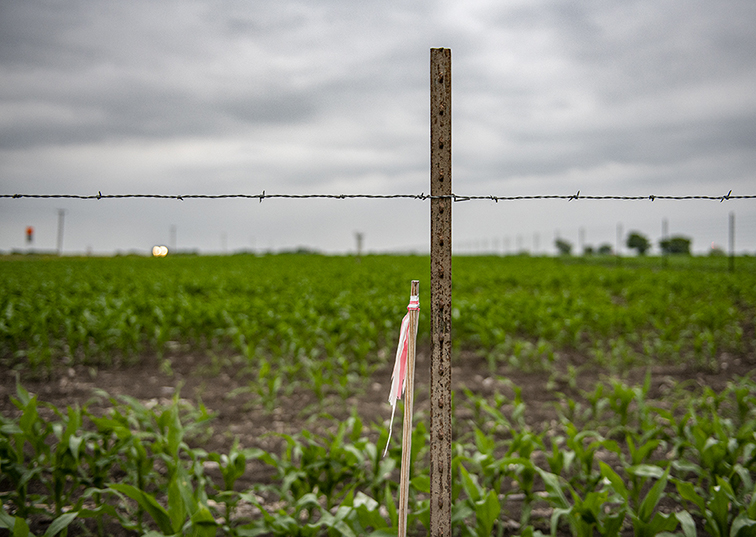

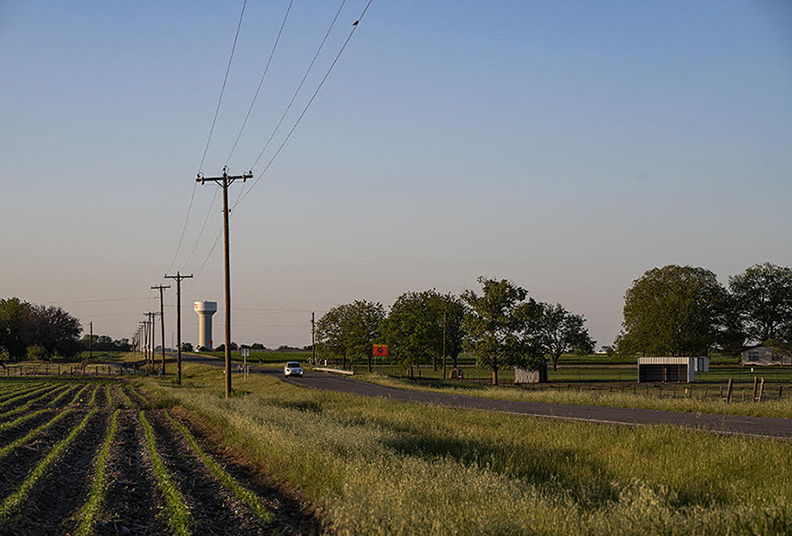
It’s Not Pink
Tonight’s full moon visibility lasted 3-4 minutes before clouds covered it up. We get a lot of clouds on the prairie. For the brief moments it was visible, one thing I know: it was not pink. Yet it’s called a Pink Moon. This image was made with a 50mm lens. Back in the day, that was considered “normal.” 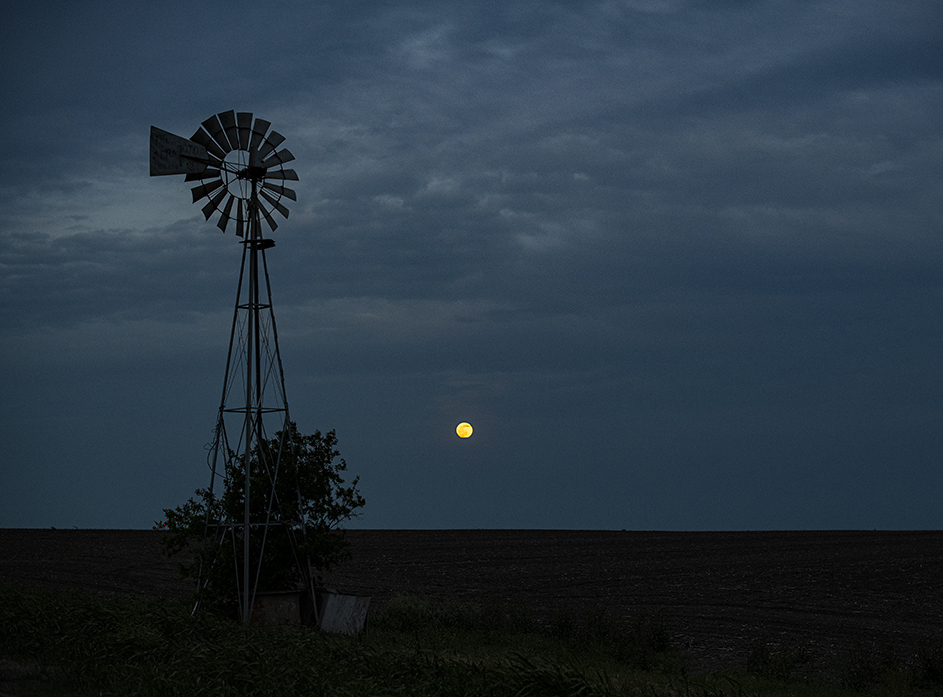
Evening in Noack
Tonight’s Waxing Gibbous moon is 98% visibility, almost full. My view this evening was in Noack, Texas, at Christ Lutheran Church. The German congregation formed in the 1880s. The first church was built on this site in 1902. The current church was dedicated in 1916. Until 1922 services were conducted only in German. It’s a regal old church, weathering all that comes its way. 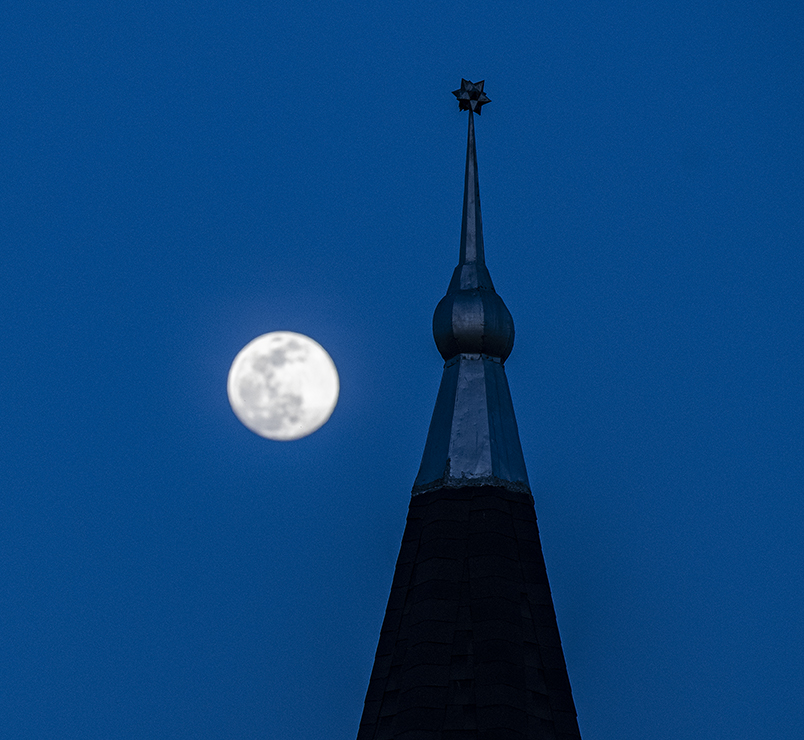
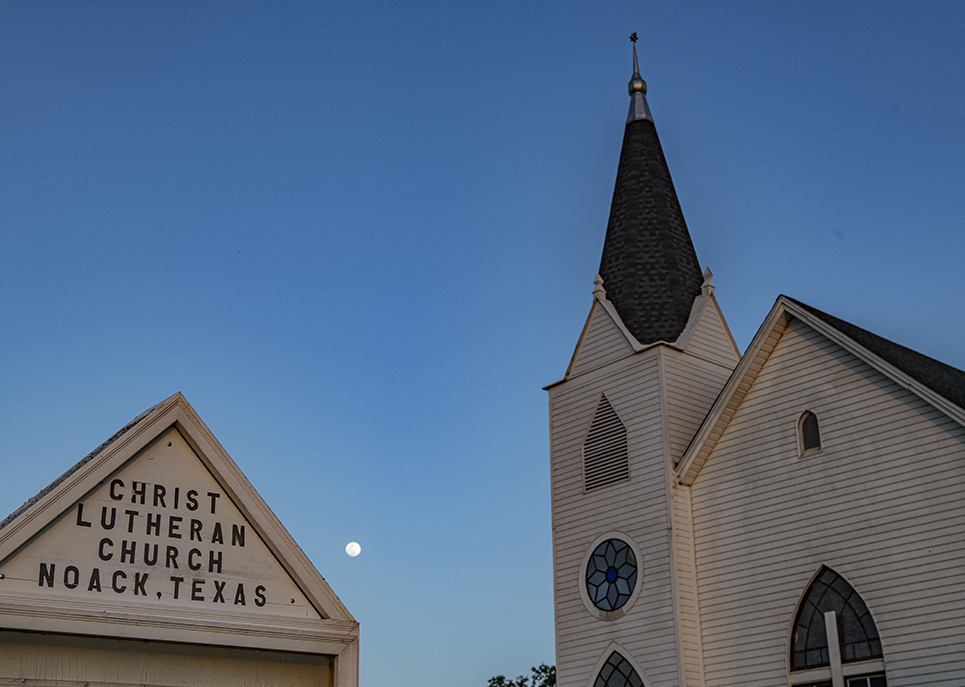
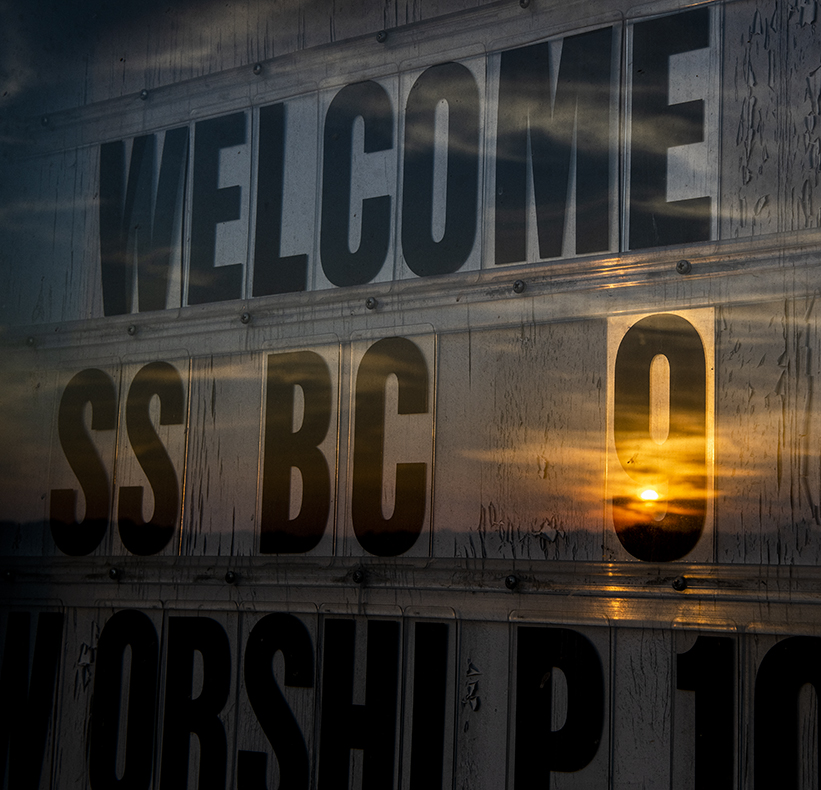
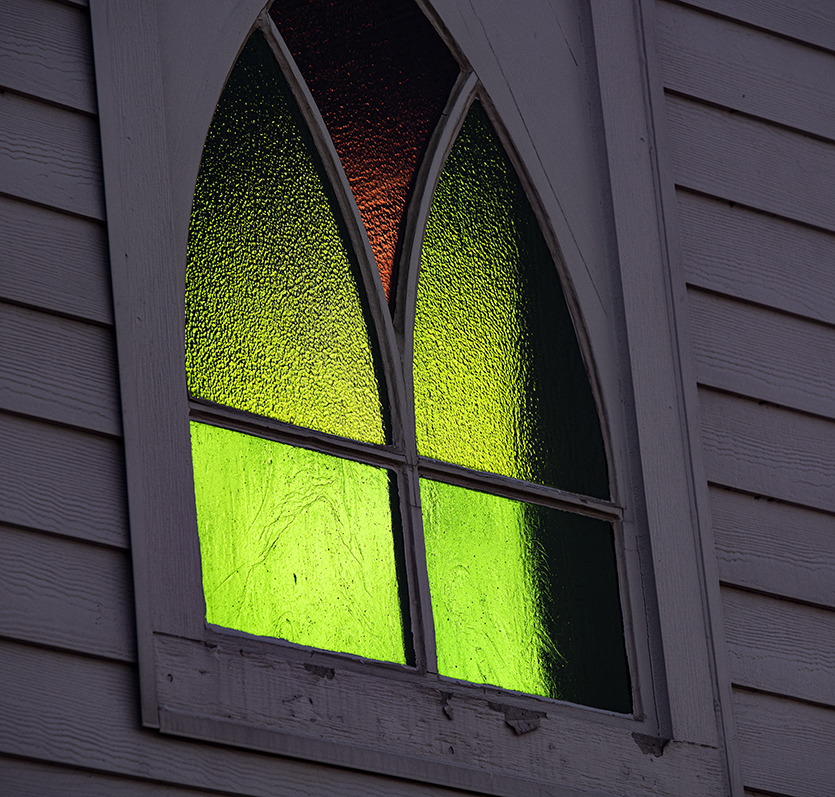
Watching Over Them
I was in Georgetown today for an Earth Day week-related recycling event held at Annie Purl Elementary School, coordinated by the city’s solid waste department. As a prerequisite for recycling paper, electronics and tires, attendees were asked to make donations to All Things Wild Rehabilitation, a Georgetown non-profit that helps wild animals in need, aiding injured, sick, orphaned or displaced wildlife, and when possible, returning them to their habitats. Some of the animals were on hand today, including a skunk called Terry, an Eastern Screech Owl called Ginger, an African tortoise, Speedy, and a Virginia Opossum, Penelope. I’m not showing you recycling photos, but that’s important. Just some sweet faces of those being given new leases on life. 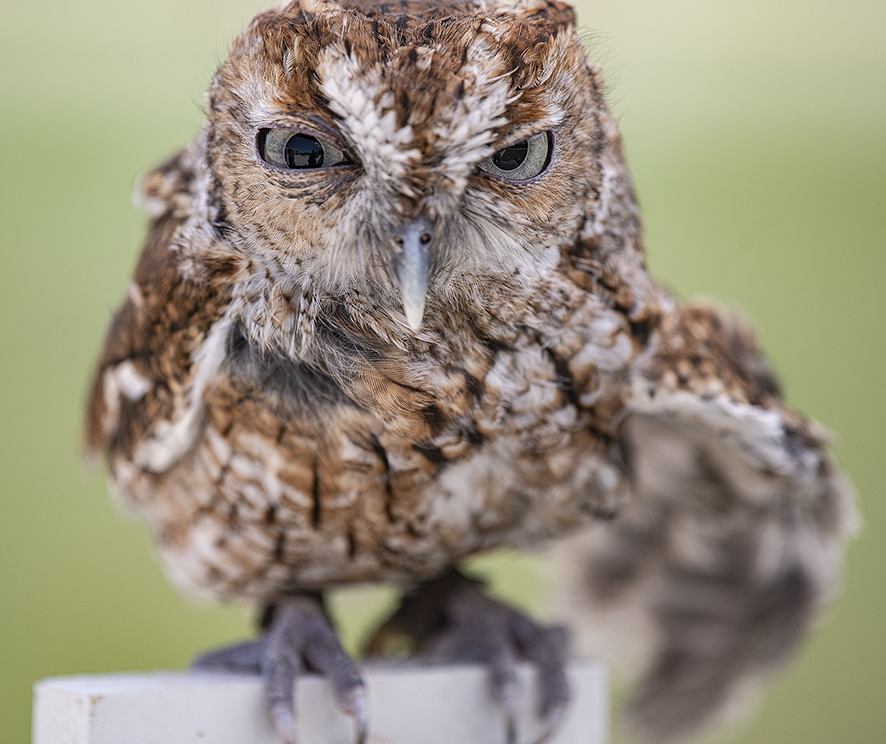
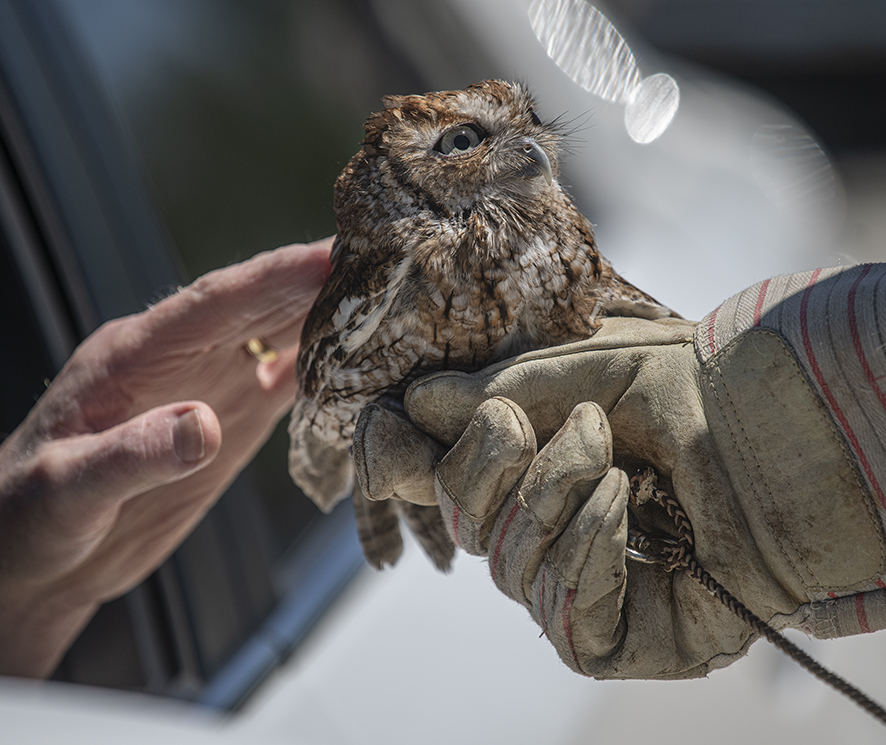
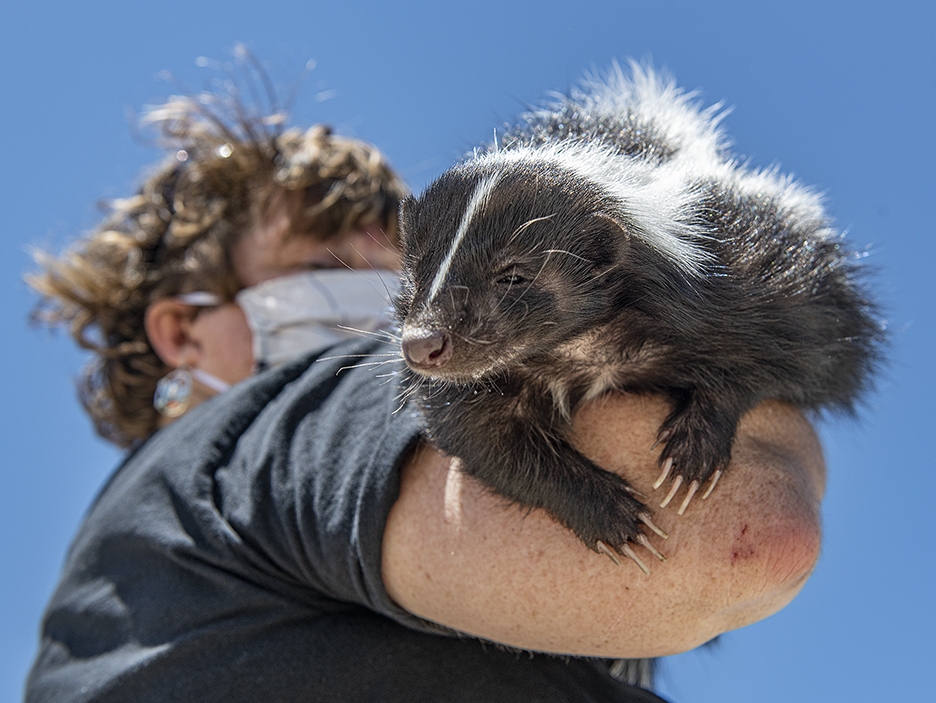

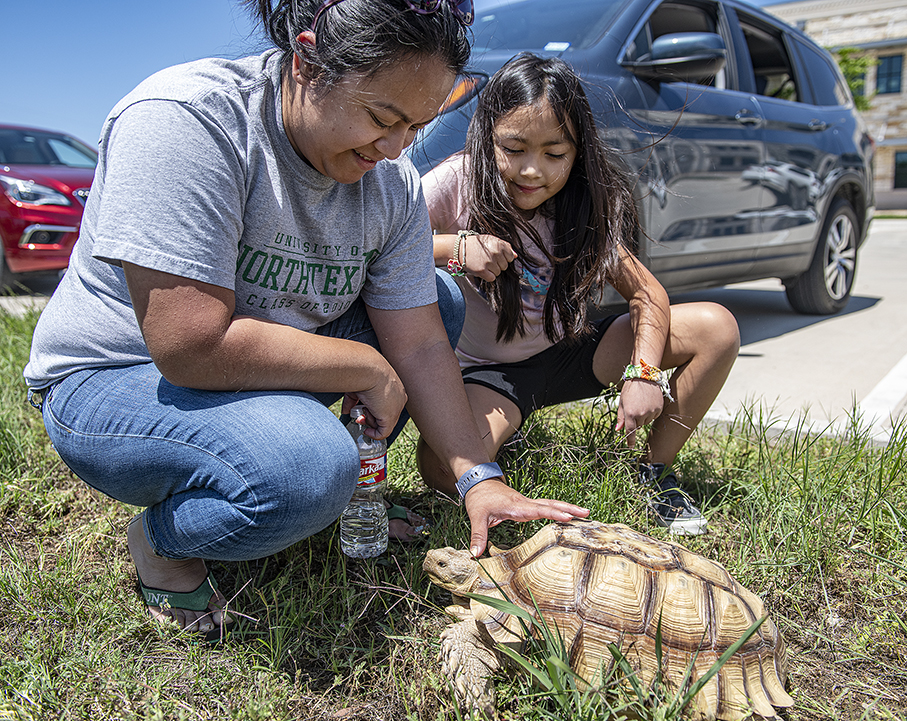
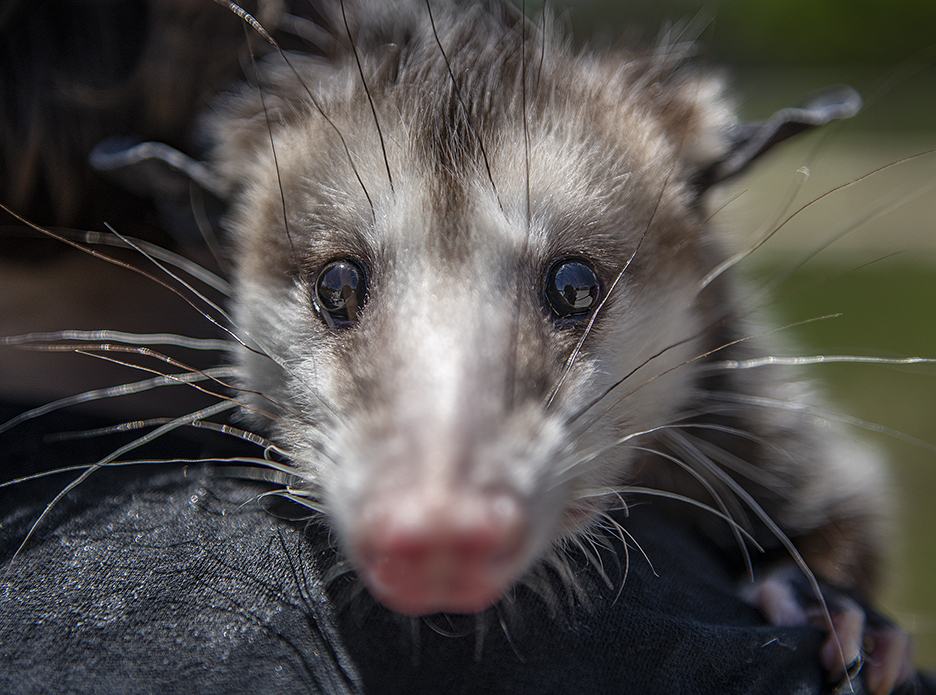
Granger Church Update
This is a continuation of photos from the restoration of what was once Granger United Methodist Church, a circa 1904 structure which closed its doors in early-2019. Later that year, Robert and JoAnn Halstrom, a couple from Wimberley, purchased the 4300 square foot structure. Since then, they’ve worked many hours there. Robert, a baggage handler with American Airlines, took a leave of absence to devote time to the project. JoAnn, a rural postal carrier, spends as much time as she’s able helping out. The pandemic slowed down things a bit last year, but work progresses. Foundation repair and leveling work, a three-month effort, has just been completed by a San Antonio-based company. 14 stained glass windows are getting a complete makeover by Cavallini Company, also based in San Antonio. Work continues. Now they’re beginning to replace the sanctuary flooring. What’s the future for the church? They’re not sure. It could be their home, or a restaurant, a bed and breakfast, or an events center. There’s time. Work is expected to take well into 2022. When JoAnn’s in Wimberley, Robert has his dog Ladybug, keeping him company. I do love historic preservation. 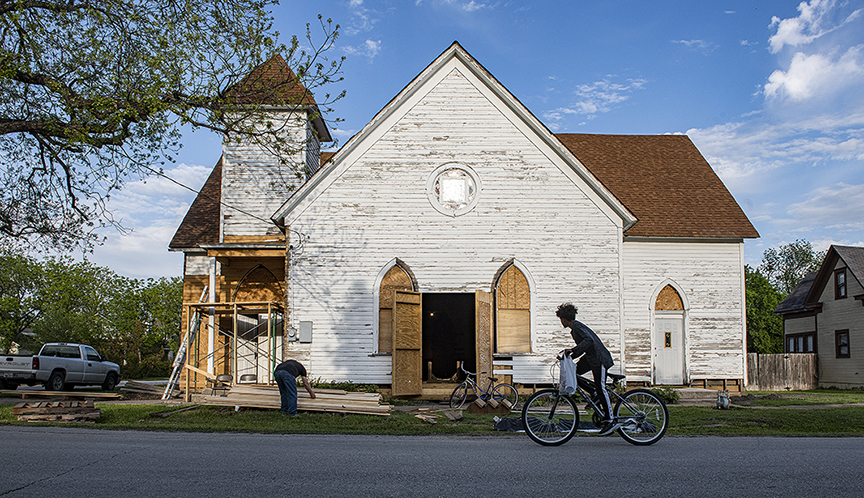
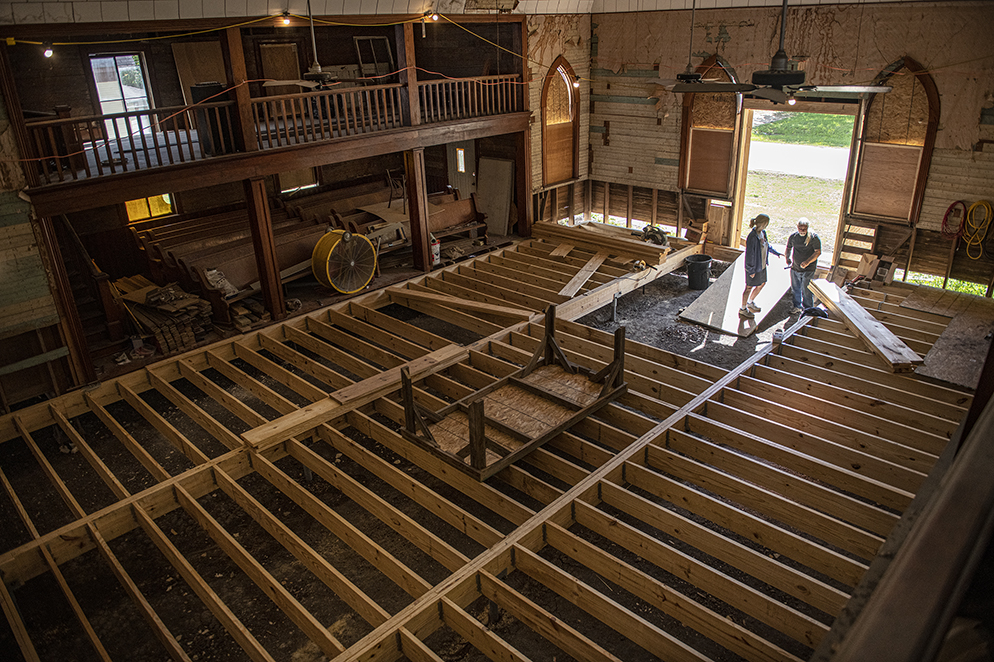
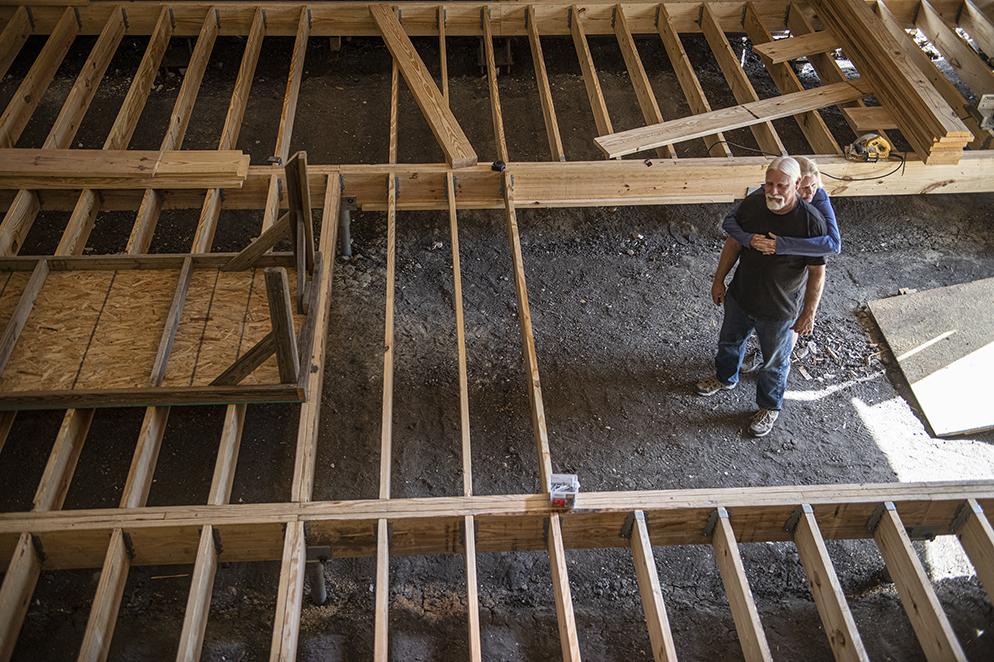
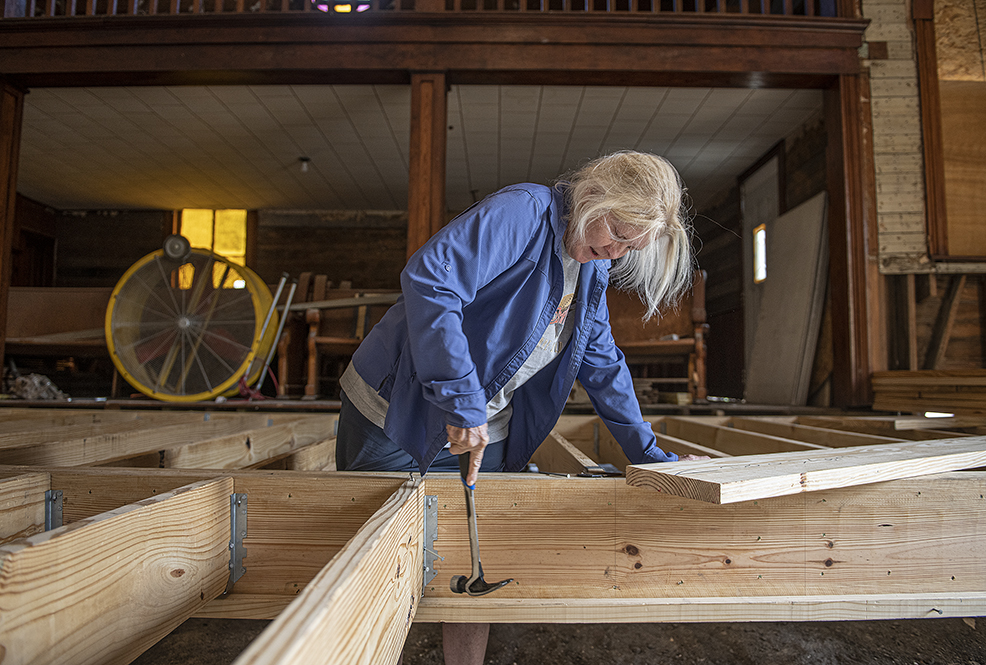
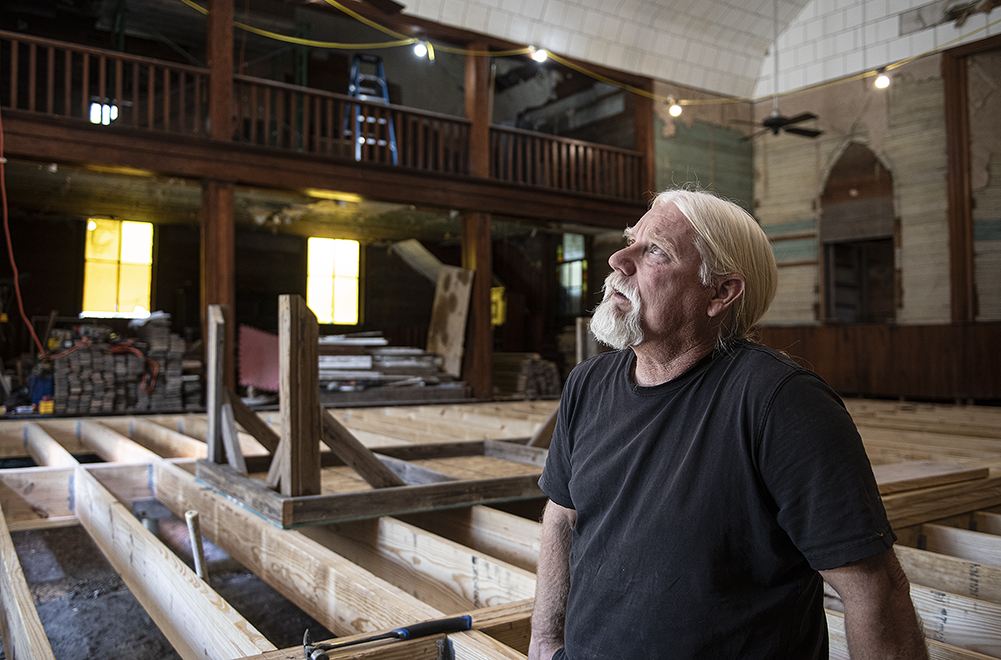
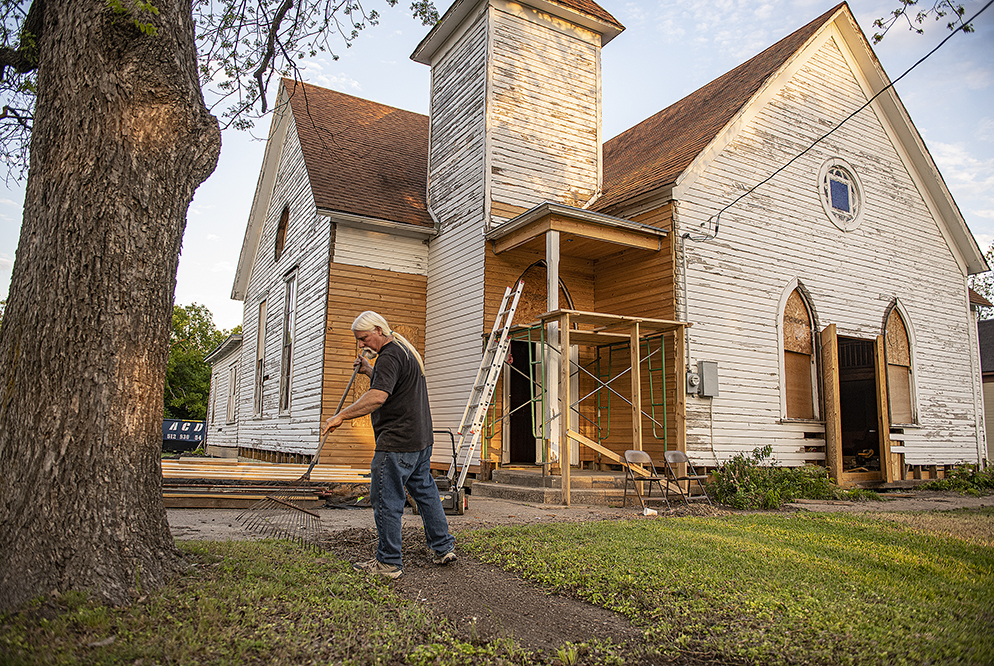
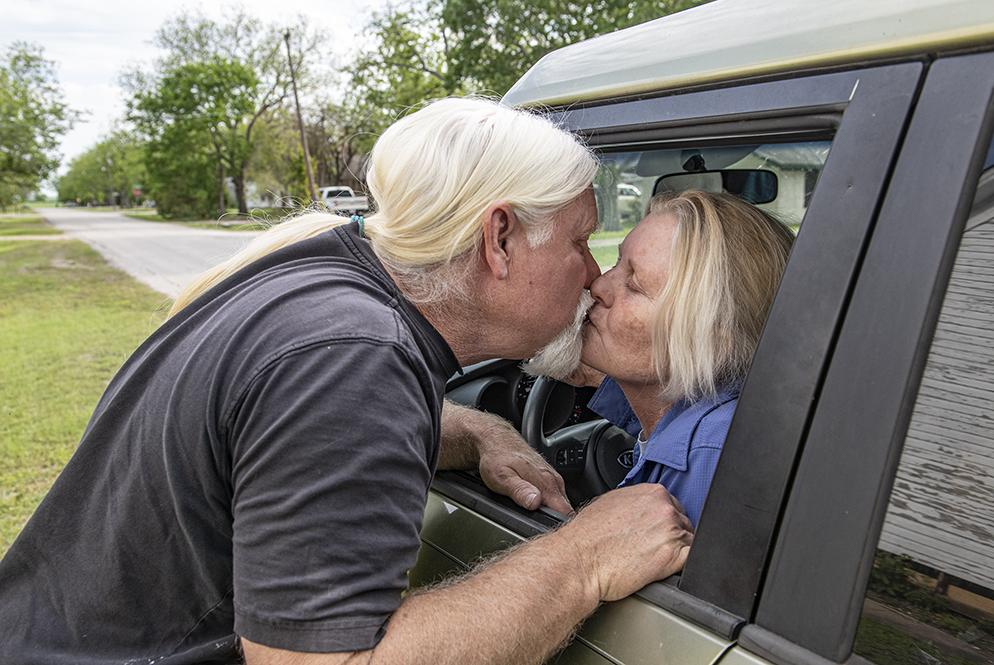
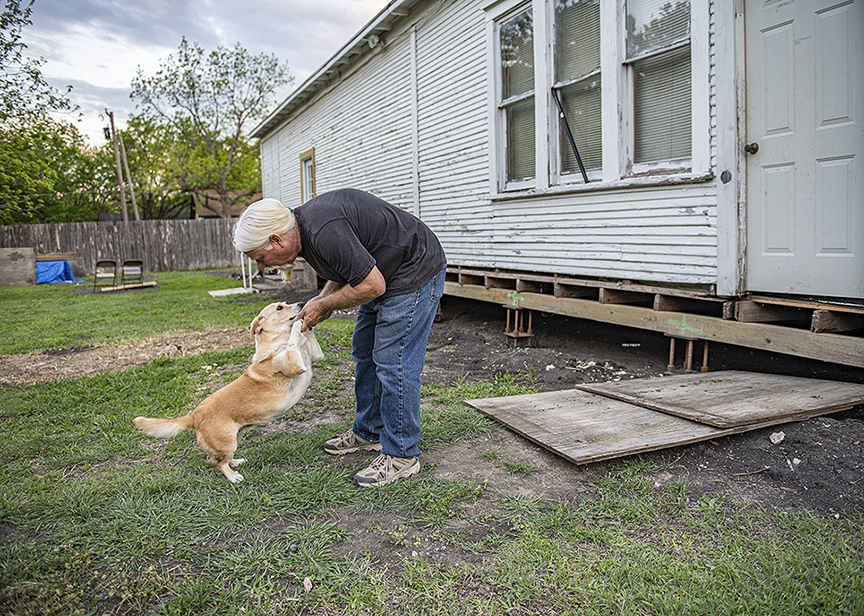
At Bull Branch Park
These seemed like good image options for Earth Day. Bull Branch Park in Taylor is a place I enjoy throughout the year, particularly when ducks and geese begin depositing their eggs. I hope you find some serenity in these photos. 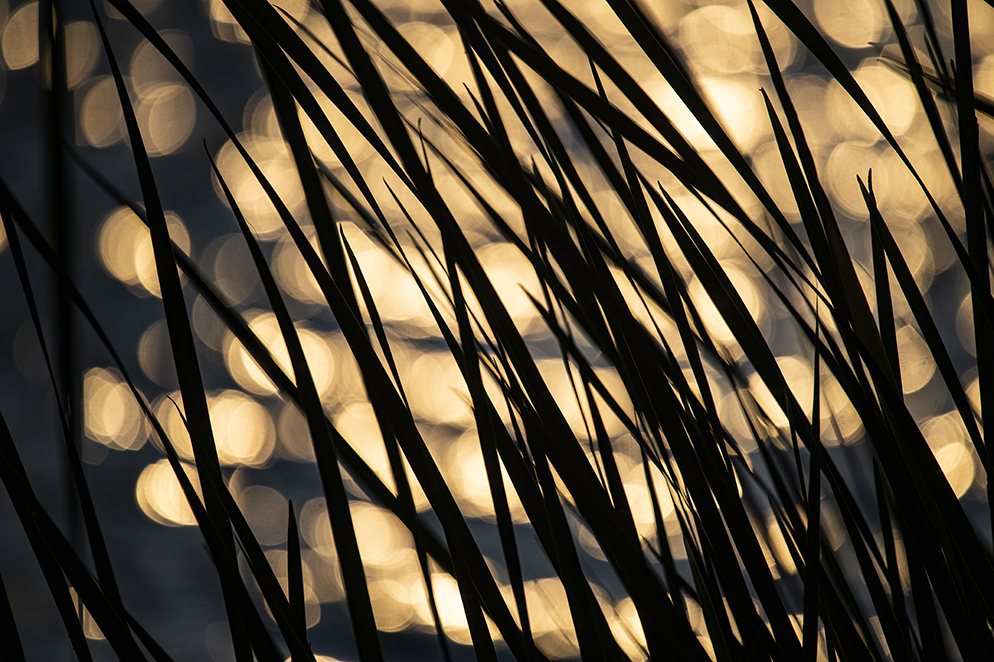
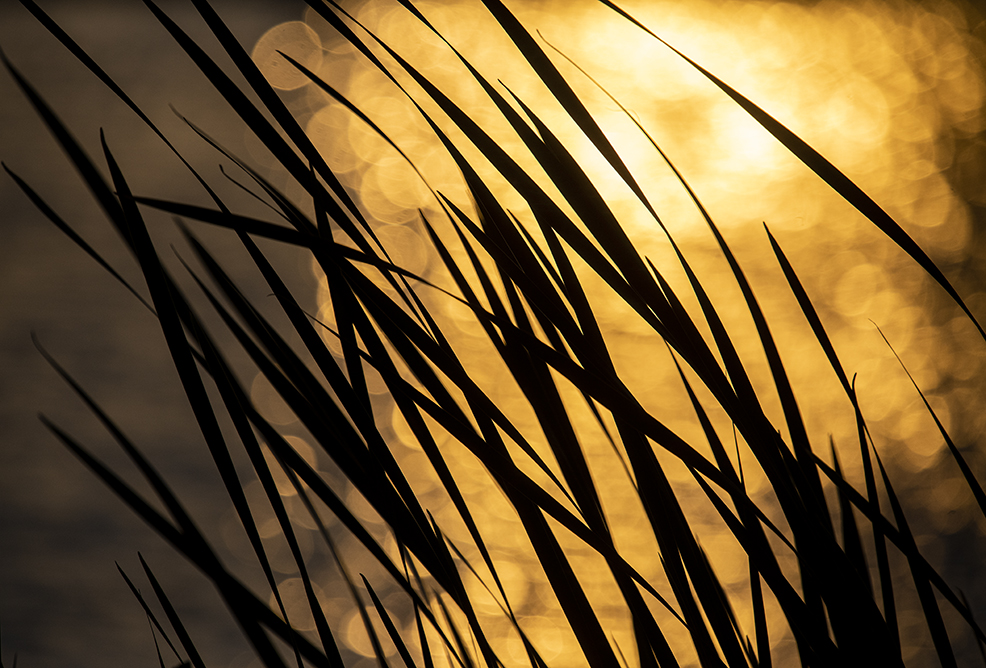

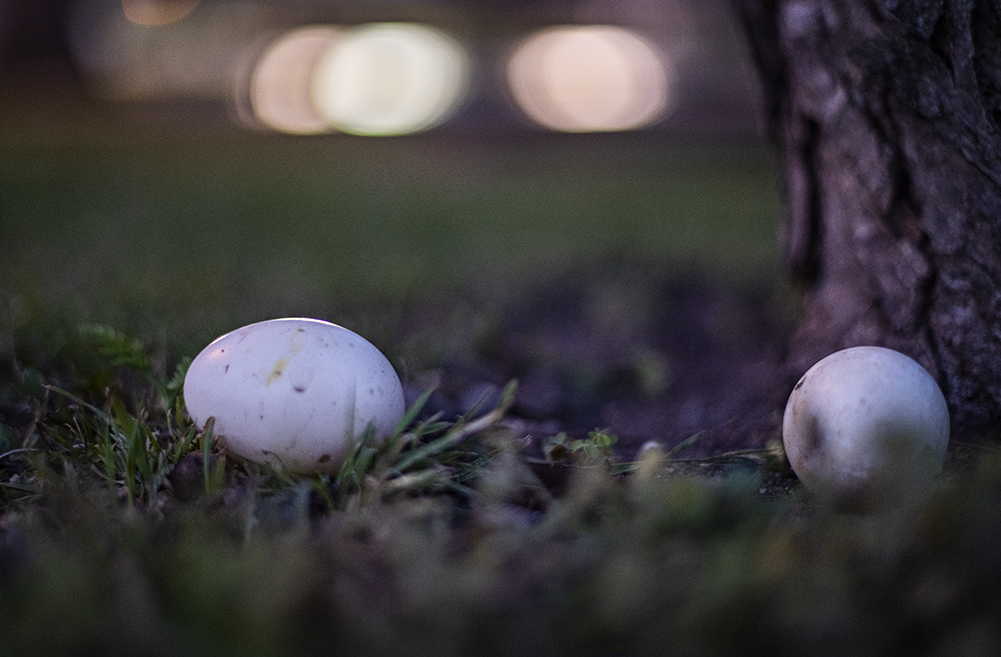
Just Some Texas Skies
Driving from Taylor to Georgetown this morning, I noticed the sky above a bit of the San Gabriel River. As it was an already gray morning, this image is presented in black-and-white. The others two photos were taken in Taylor this evening, skies above Williamson County Grain. Just some Texas skies. 
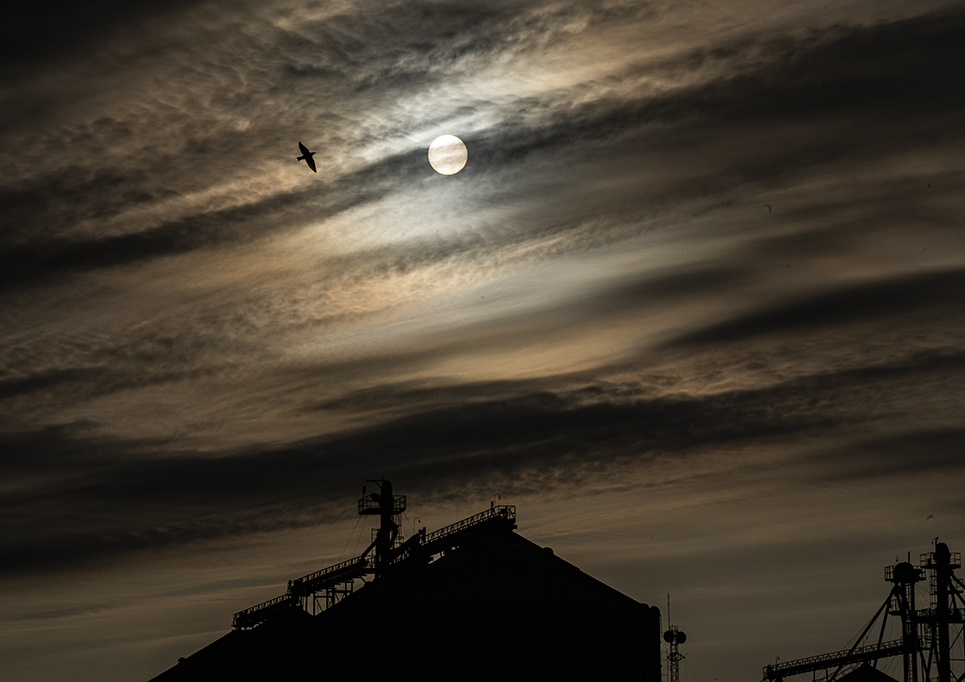
Fading in Hutto
The very first assignment I did when coming home to Texas in summer 2009 was for an Austin American-Statesman story about the explosive growth of Hutto, Texas. According to the story, Hutto’s population in 2000 was 1200 people. At the time of the story, the population had grown too 17,000. I’m curious about what the next census figures will say. I’m guessing 25,000-30,000. Hutto’s downtown was one little two-block strip of buildings. But there was an older Hutto. I’m representing that with these three photos taken recently. Note the subdivision going up in the second photo. I’m trying to not be completely anti-growth, but almost 30 years in metro-Atlanta left an indelible impression. Things do fade away. 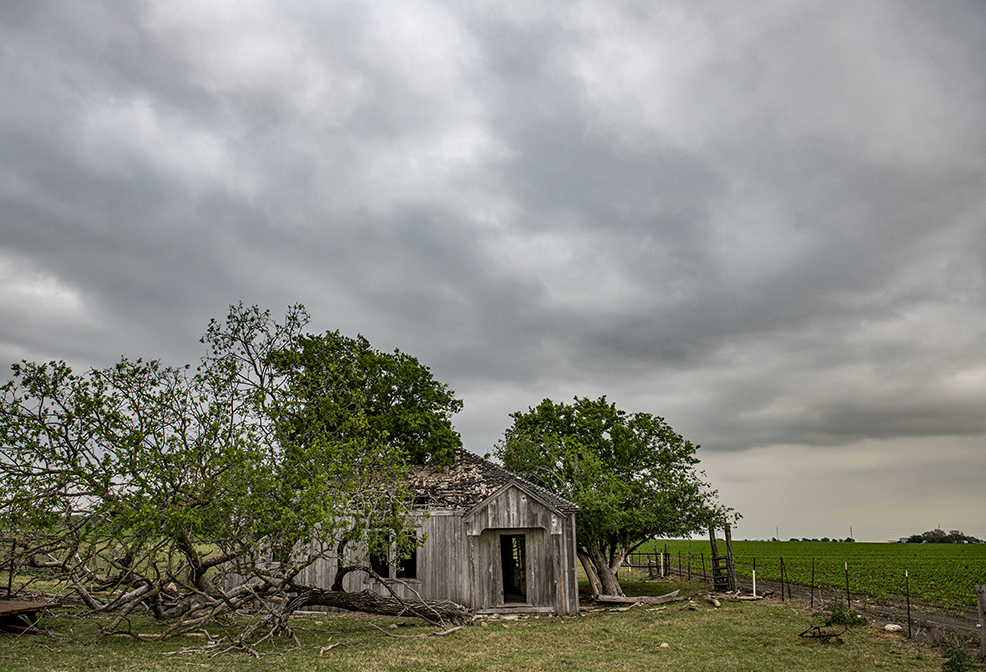
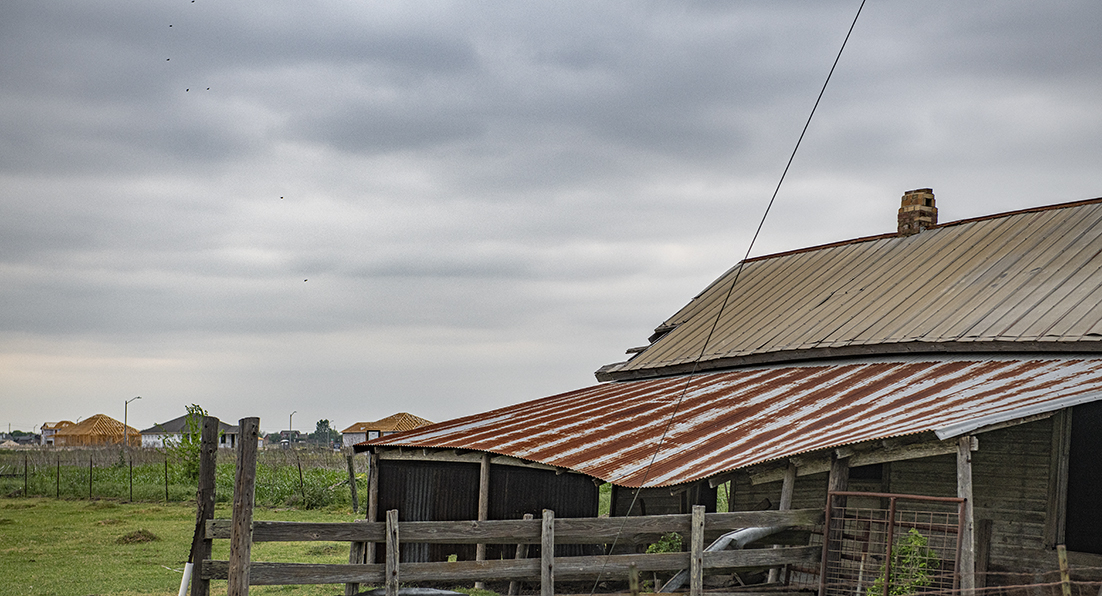
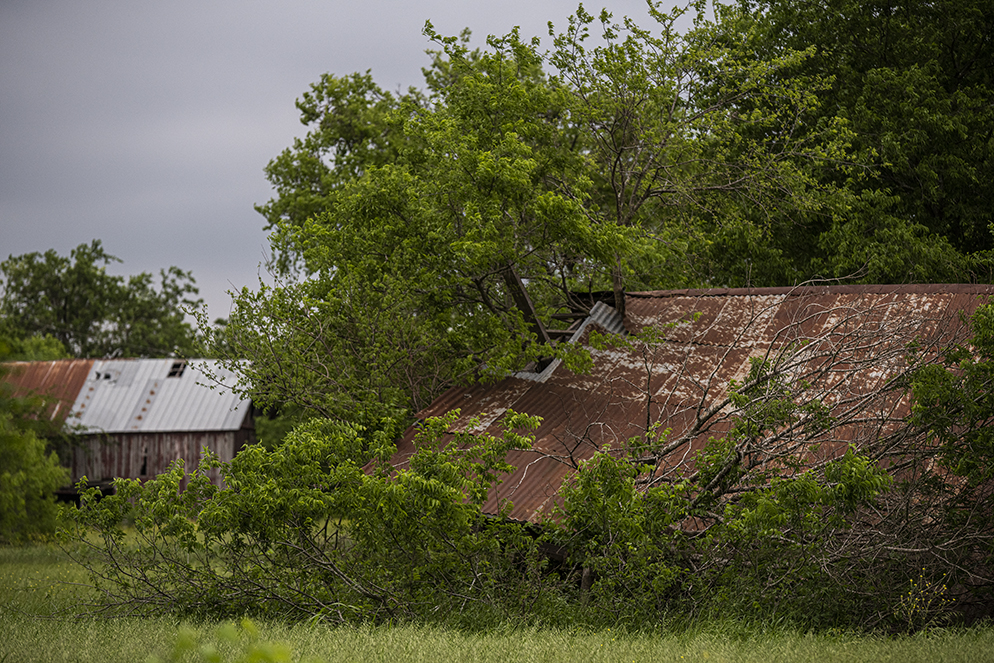
A Vanishing Landscape
Many of those pretty photos I like to make are along some serene country roads in East Williamson County, Texas. Areas I’ve documented for years are falling victim to development. One such road: County Road 101. Portions of this road are expanding from two lanes to six lanes. The photos posted tonight are along that road, including a last image that gives you a sense of what is happening here. Is development always smart? 

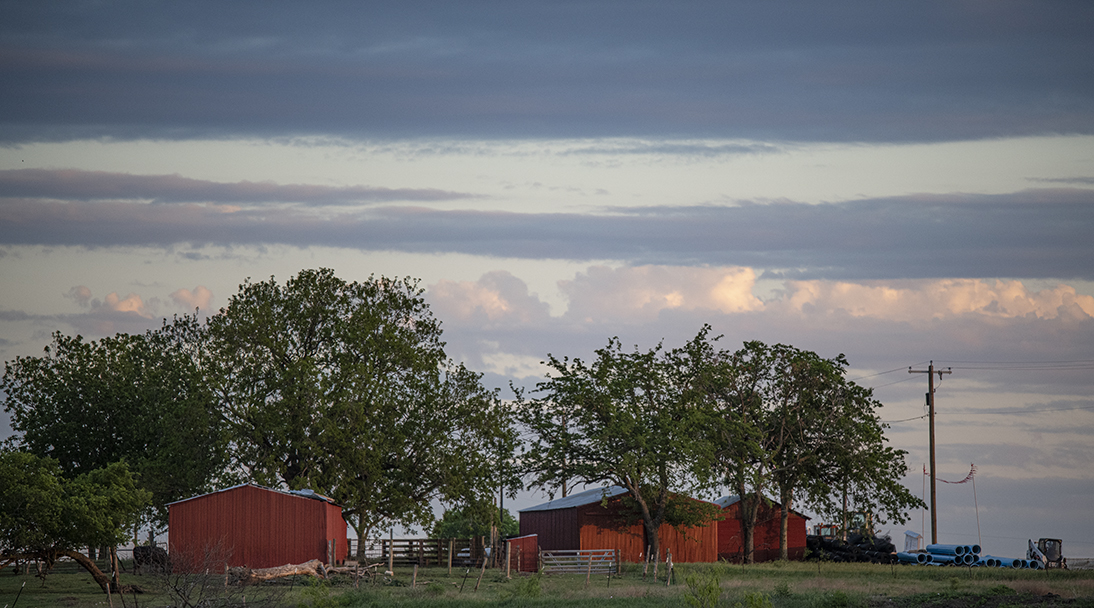
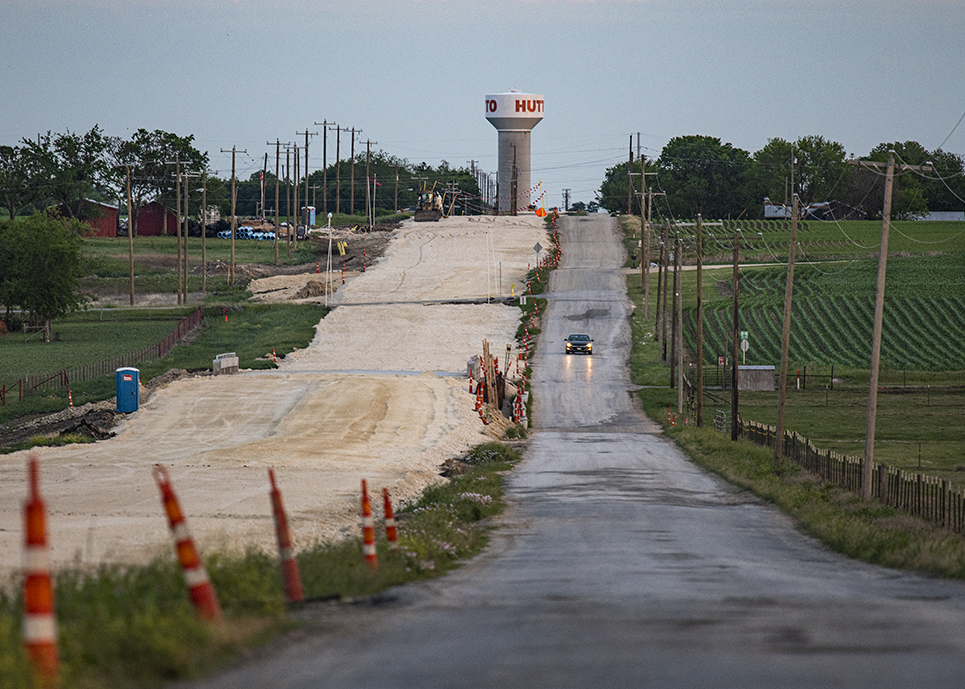
Red Poppies in Georgetown
Red poppies are abundant in Georgetown this week. A few days ago, I didn’t see many, but recent rain has brought them to us in a big way. These photos were taken this weekend at Edwards Park, a little pocket park a couple blocks east of the town square. The young lady in the opening photo caressed and sniffed a few, but her grandmother reminded her not to pick them. The Red Poppy Festival, normally held in the spring, has been moved to October because of the pandemic. The poppies, however, don’t wait. 